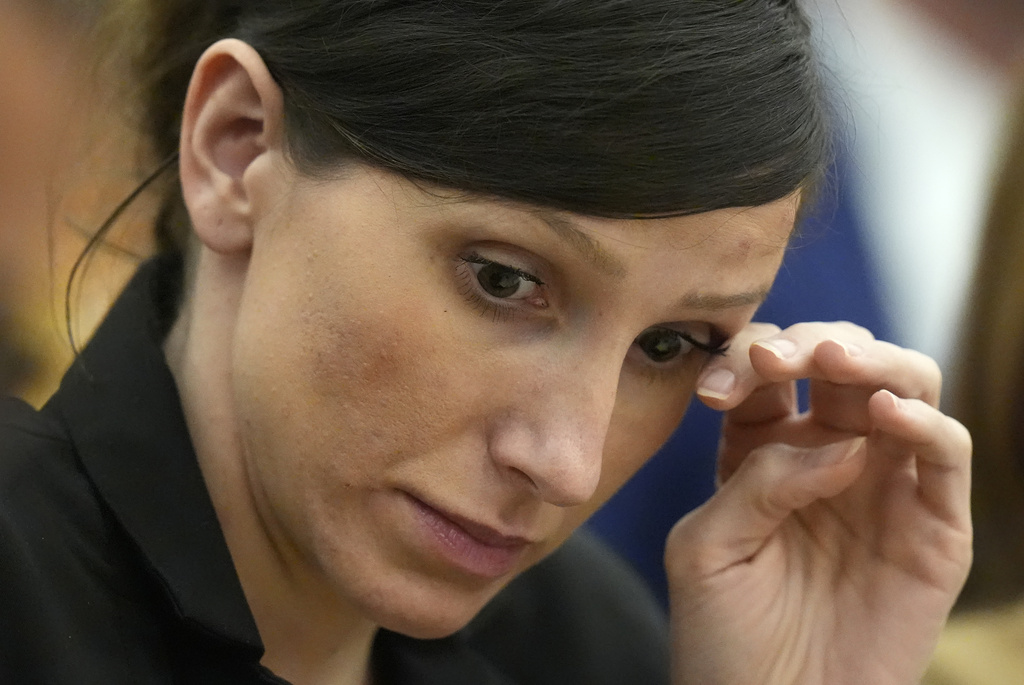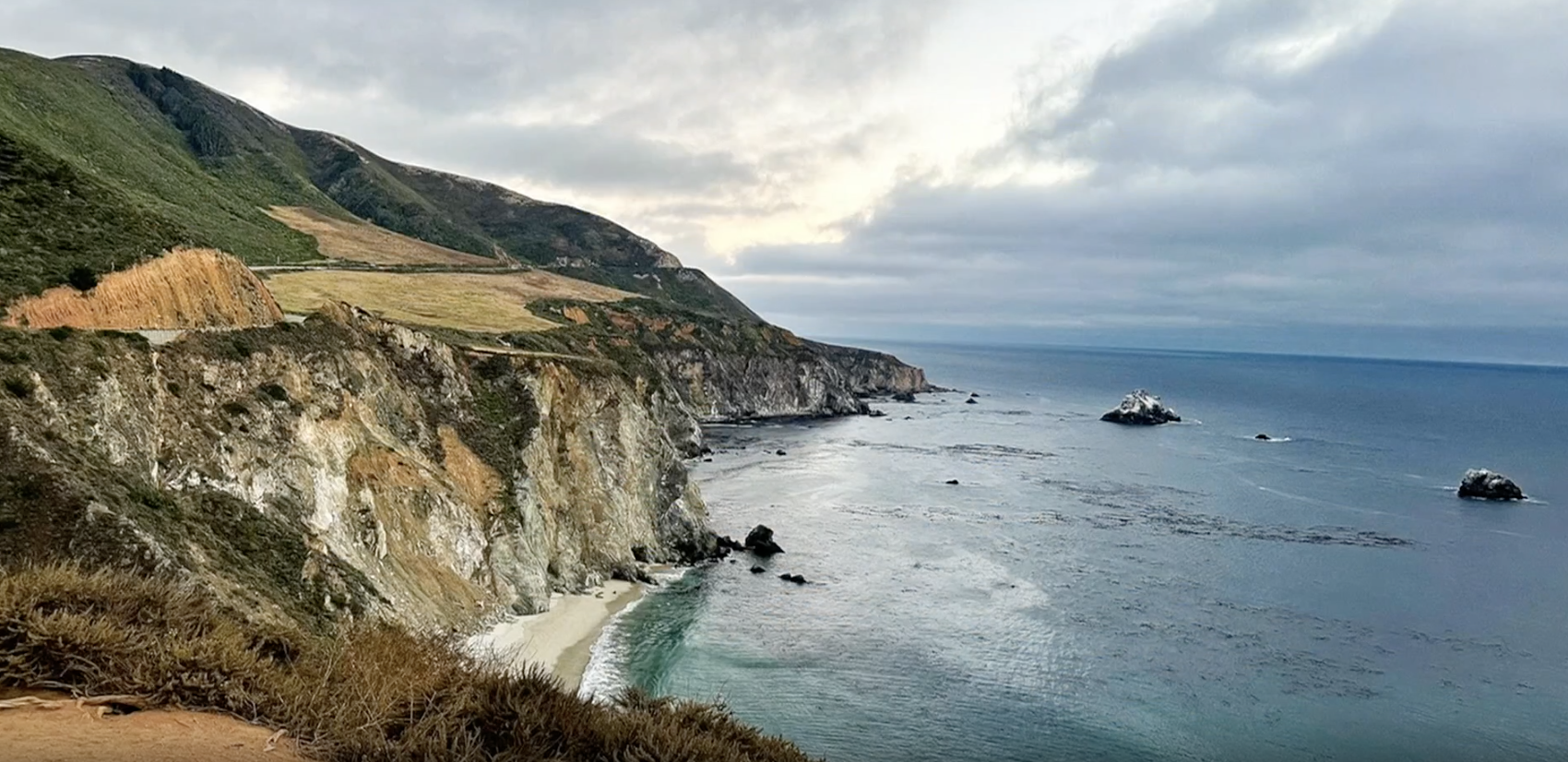In the Sunshine State, it was a place with a lot of dark secrets, kept from the light of day for much too long.
A so-called reform school that opened in 1900 in Marianna, Florida, the Dozier School for Boys was the site of beatings and worse that left a graveyard of children. Those who survived seem to be damaged souls still looking for healing.
Gene Luker is now 78 years old, but the memories of what happened to him in the late 1950s at Dozier remain seared into his memory.
"I had one hit me so hard in my face with his hand," Luker said. "I'll never forget that, you know?"
Beatings often occurred inside a small building on the grounds known as the White House.
"The first time that strap hits you, it goes through every nerve in your body, I mean every nerve... and it sounds like a shotgun," Luker said.
Children sent to the boarding school as wards of the state endured mental, physical and sexual abuse.
Florida officials shut down the institution in 2011 after allegations of assaults by staff and suspicious deaths.
"There's a disproportionate number of kids who were sent there who were Black," said Dr. Erin Kimmerle, forensic scientist and an associate professor at the University of South Florida. "That number is also disproportionate in terms of those who died. 75% were black."
Kimmerle's new book "We Carry Their Bones" details her team's discovery of dozens of unmarked graves of children on the property. She says some area residents and local law enforcement who were unhappy with the secrets she was revealing threatened and harassed her.

Uncovering the truth about Native American boarding schools
Groups are investigating the abuse of Native American children at the Carlisle Indian Industrial School in Pennsylvania.
"What was surprising as we were finding more and more graves in the woods was: Why is there no list? Why is there no plot map? Why is there no record of really what happened to these children?" Kimmerle said. "You would think that there would've been more oversight and investigative work on the part of the state."
Charles Fudge was sent to Dozier in 1960 as a 12-year-old for skipping school and smoking cigarettes. He recently returned to the shuttered campus for the unveiling of a memorial to the children abused there on the Florida panhandle.
"I endured on my third day here the worst beating of my life," Fudge said. "It's overwhelming. I couldn't walk past the bed or even get close to it."
Fudge and others, who call themselves the White House Boys after the name of the building where they were beaten, went to Tallahassee in 2021 to argue that Florida owes them money for the abuse they suffered at the hands of state workers.
"I'm one of them," said Cecil Gardner, another survivor. "I was there in 1960 at the age of 14 years old. I was raped sexually and beaten until blood ran down my legs from the back of my buttocks like water off a duck's back."
They want compensation not just for what the beatings did to their bodies at the time but also for what the abuse did to their minds for the rest of their lives.
"Fear was put in me for all of these years," Gardner said. "I'm 75 years old now, but I've been carrying that weight for all those years."
The Florida state legislature has apologized for what happened at Dozier but has not approved the payments the White House Boys are seeking, even though some state employees have acknowledged in depositions that they hurt the children.
"I sat at the table for five hours while he admitted we did spank the children," Middleton said. "I never got a spanking. I got plenty of beatings though."
In the meantime, Fudge says he and the others from Dozier School do their best to live their lives with some sort of peace.
"As you get older, you get wiser, and you realize the reality of life and its purposes," Fudge said. "And yes, it was a bad thing that happened here. But I thank God I'm a survivor."

A pediatric therapist speaks on trauma of abuse in children
A young woman who works as a pediatric behavioral therapist speaks about her experience with her own PTSD growing up.











